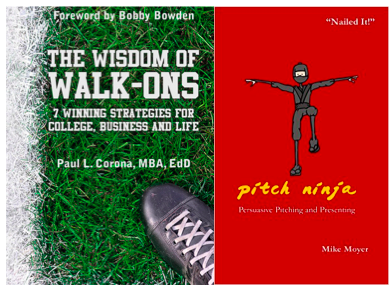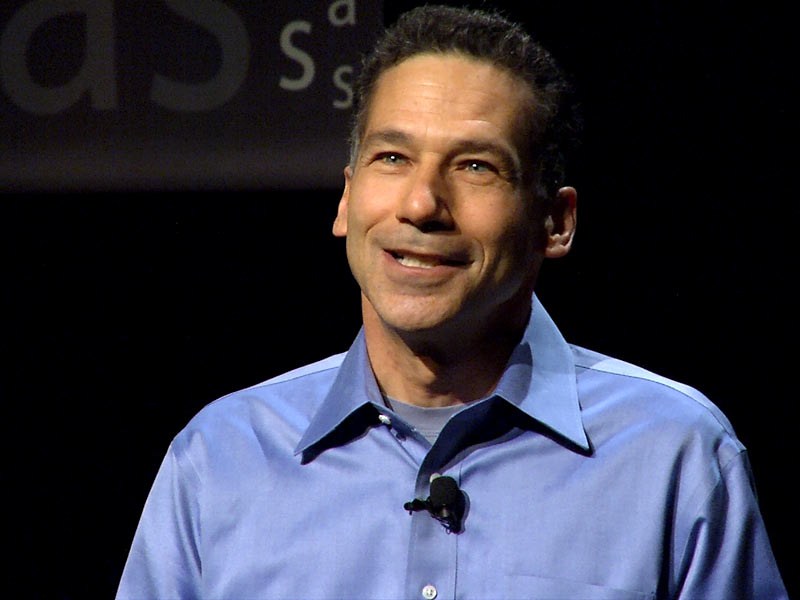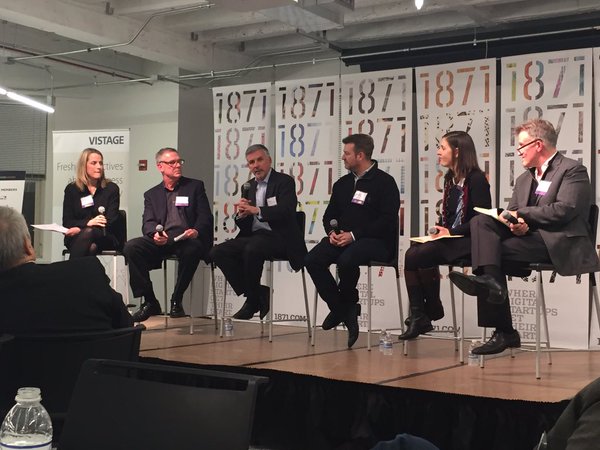On March 6, 2016, I was honored to address the graduates of Seton Hall University’s Master of Arts in Strategic Communication & Leadership (MASCL) program. As members of Learning Team (LT) 37, they went through the entire program together. I am a graduate of the program and have been part of its faculty for more than seven years!
Using principles covered in The Power of Peers: How the Company You Keep Drives Leadership, Growth & Success, I presented a challenge to the group. I left out the formal introduction, but the remaining text reflects the keynote as delivered:
As you know all too well, who you surround yourself with matters. In fact, it really matters. Whether you want to run a marathon, build a new company, or complete your master’s degree, if you surround yourself with really good people who share your commitment and dedication to the goal at hand, you can accomplish anything! Today is a celebration of graduation, yet it’s also a time for us to consider what’s possible for your future.
So to that end, let me offer an assertion and propose a challenge. My assertion is that the most valuable learning you had in this program didn’t come from one of your instructor’s posts or lectures; it didn’t come from the writings of Kouzes & Posner or Peter Senge; in fact, it didn’t come from WHAT you learned at all – it came from HOW you learned – that’s the most enduring lesson.
You learned how to learn together. This is the gift that keeps on giving. Think about it, over time, facts can become irrelevant, theories outdated. Since we live in a world where we contemplate a future we can barely imagine, having the ability to work and learn with others is where the real enduring value lies. Does that sound right to you? Good because otherwise the next part would have been irrelevant. 😉
As for the challenge, I ask that you challenge yourselves to create “learning teams” (if you will) in your lives and in your organizations and employ the five factors that made your own learning team so successful.
The first of those factors is bring great people together and invite them to share an experience where if they listen more than they talk, learn rather than judge, and be truly selfless in their exchanges with others, then they will set the stage for achieving extraordinary results.
Second, create a safe environment for your team – a place where they can fearlessly share their ideas, experiences, and opinions. My guess is that in your course on Multiculturalism and Diversity, you had conversations about race, gender, and age, that I would suggest you never had with anyone before. (It was certainly the case in my learning team, and because we trusted one another enough to have those conversations, we were all that much richer for it.)
Third, bring your best self as a servant leader to every interaction with others. I don’t mind saying that we have a faculty here that really understands how to lead learning teams. Our job isn’t simply to lecture or point students to books and journal articles, it’s to be that servant leader who brings our students together, inspires them to learn from each other, and who creates learning team leaders in their own right. If we don’t do that, we haven’t done our job. Let me suggest that if you don’t bring your special brand of servant leadership to the lives of others, you won’t be doing yours either.
Fourth, while we live in a world where debate (and unfortunately even personal insults) appears to rule the day, you can challenge yourself to raise the level of conversation with everyone you meet. You’ve spent the last 18 months engaging in true dialogue and participating in what we call skilled discussion. It’s not about winning, it’s about what the late Dr. Stephen Covey advised: “Seek first to understand, and then be understood.” That’s how people learn and grow, and you can be an agent for that for others.
Finally, create your own culture of accountability – it’s not about what you demand of your team, it’s about what they grow to expect from each other. There’s not one of you who didn’t care about your fellow LT members’ success as much as your own, and because of that, you were there for each other and helped each other stay on track no matter how life may have challenged you along the way.
You’re born leaders. Born communicators. It’s why you were attracted to this demanding program. Keep being students of both and bring what you’ve discovered about learning how to learn together into every aspect of your life. If you do that, there isn’t one of you who won’t change the world in your own unique way.
In closing, I’d like to leave you with a brief story. It came from one of the members of LT 33, Sister Mary Alice Otoo. On a Friday evening after dinner, LT members were expressing what the program meant to them. When it was Sister Mary Alice’s turn, she said (in that gentle voice of hers), “What makes MASCL special is, you don’t just go through the program. If you allow it to happen, the program goes through you.” Wow, we thought! Sister Mary Alice’s words were more than just a clever turn of phrase; she captured the essence of the MASCL experience – that if we bring really great people together, ask them to trust each one another, encourage them to see others for what makes them special, and believe in something larger than themselves, it will be a truly transformative experience. It’s a gift I know all of us who were there that night will cherish forever, and before you left this campus and this program, I wanted to be sure I shared that gift with you.
With that, enough talk about the future. Enjoy this special day. Bask in the glow of your accomplishment. After 18 months and about 1,500 hours of hard work, you, your family, and your friends have earned it.
So on behalf of all of us at Seton Hall University, I invite you to stick together, continue to surround yourself with great people, and go through life by allowing the most precious gifts to go through you. To LT 37, Congratulations!










